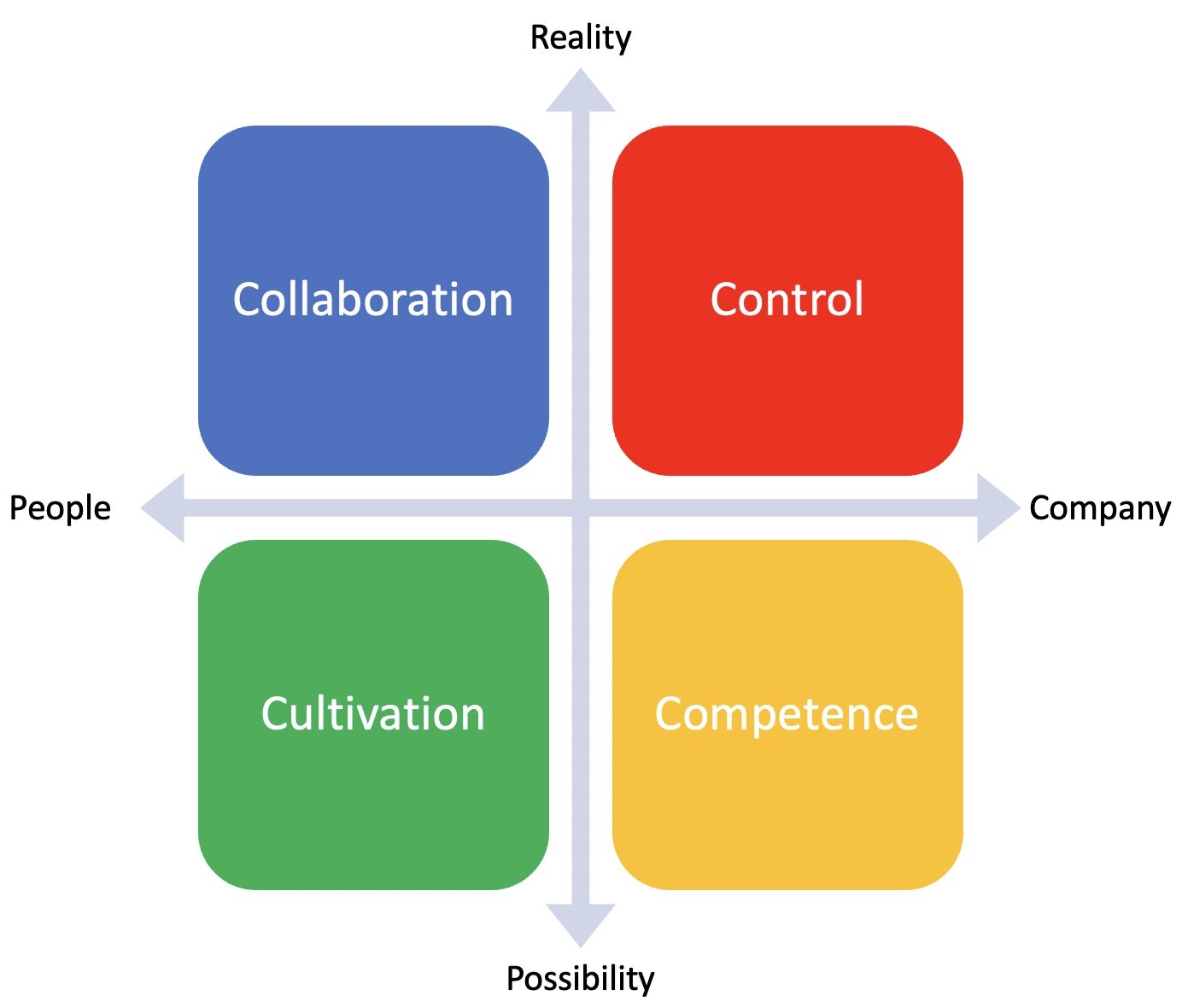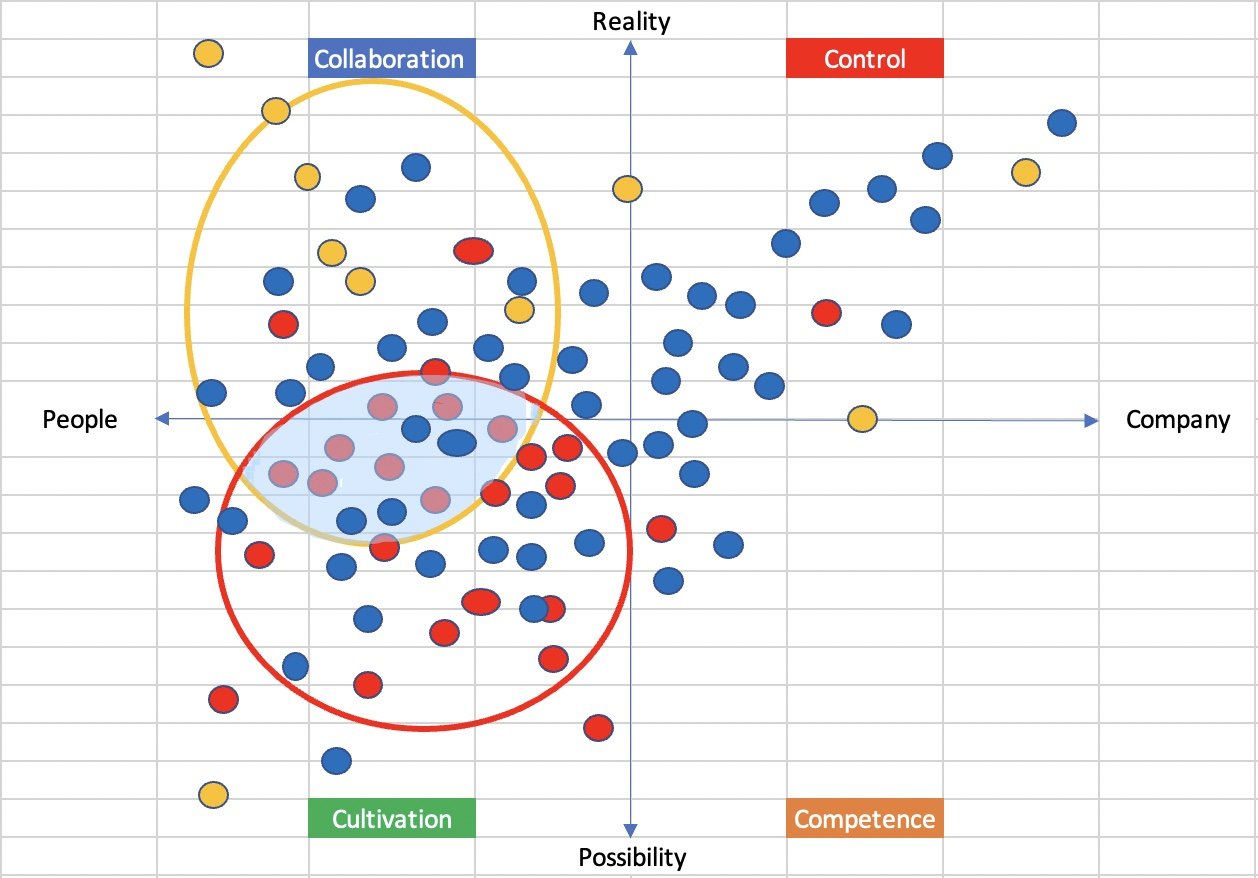We just have the best Culture here! (Culture Series, Part II)
~1500 words. 7 minute read.
‘It’s the attempt to nail a pudding to a wall.’
This quote from one of my professors about how difficult it is to define the term ‘culture’ will stay with me forever. We use the term ‘culture’ all the time, despite this definition problem, as if we all knew exactly what it means. And for the most part, it works.
Consider these conversations:
Hiring Manager: “Do you have any questions for me?”
Candidate: “Yes - what do you like most about working here?”
Hiring Manager: “Oh, we just have the best culture here! That’s what I love most about working here - the culture.”
Jean-Claude: “Hey, Sarah! How was your trip to France?”
Sarah: “Oh, it was just the best! I love French culture!”
Or, more implied:
My wife: “You look very German today!”
All of these conversations ‘work’. (Maybe except for the last one, but that’s not really a conversation. After my wife’s comment, I usually stare at myself in the mirror for some time, trying to make sense of it all.)
Wasn’t even the right ‘culture’.
For Part II of this culture series (see My Best Work), let’s focus on that first conversation between hiring manager and candidate. Let’s talk about organizational culture.
To be blunt: Saying that ‘our culture is great’ is meaningless - at least when trying to describe culture’s effectiveness and impact on the business. Let’s unpack this:
When we say ‘great culture’, we typically mean:
Working Arrangements, ie. flex hours, home office, travel, video conferencing, floor layout, technology, etc.
Atmosphere, ie. positive energy, friendliness, helpfulness, constructive feedback, etc.
Ethics & Morals, ie. accountability, responsibility, integrity, candor, authenticity, etc.
By tacit consent, these items are understood to describe the culture of an organization. At best, this is a vastly incomplete scope.
At its worst, it limits the organization’s thinking about the behaviors and values that would best support its strategic purpose. The result is that culture will undermine strategy with silent, continuous friction.
How we should think and talk about culture:
No culture is good, great, bad, or awful. It can be deemed appropriate (‘good’) or misaligned (‘bad’) for the strategic purpose the organization pursues.
This goes back to the whole “we spend the majority of our time on strategy, but culture has the biggest impact on our results” statistic I shared in Part I. The goal of managing organizational culture should be to make it a catalyst for strategy.
And here is how you do it!
For starters, what you need is a culture framework in which to map your current culture. Many are out there, but especially accessible is William Schneider’s ‘The Four Cs of Culture’ framework, as laid out in his book The Reengineering Alternative:
Each quadrant represents values that are meant to guide behaviors supporting a particular strategy.
Collaboration
Affiliation, diversity, partnership, synergy, people, trust, teams, interaction, egalitarian.
Strategy: Customer Intimacy.
Example: Financial Advisors.
Control
Power, stability, predictability, process, standardization, security, hierarchy, order.
Strategy: Cost Leadership.
Example: Toyota.
Cultivation
Vision, subjectivity, evolution, purpose, dedication, creativity, growth, individualization.
Strategy: Disruption.
Example: Apple.
Competence
Professionalism, meritocracy, expertise, craftsmanship, achievement, efficiency, being the best.
Strategy: Product Leadership.
Example: Aman Hotels.
Of course, cultures and strategies encountered in the real world rarely fall neatly into one of these definitions. Many are hybrids. Still, the framework presents a good starting point for evaluating the interactions of culture and strategy. More importantly, it allows leaders to assess the effectiveness of their internal communications. (More on that later.)
The simplicity of Schneider’s framework is deceiving. It’s a powerful tool designed to create insights into any group’s ‘Cultural DNA’. During my 2017 culture project, I used a survey of the organization to:
Map the current cultural makeup of the organization in Schneider’s framework.
Map the desired target culture based on cultural language (key words) used in artifacts such as the mission and vision statements, goals, all-hands meetings and town halls.
Interpret the discrepancies (this is the science and the art).
Describe a culture management approach to move culture to the target location and begin utilizing culture as a catalyst to strategy.
The result looked something like this:
Yellow Dots: The culture messages in published organizational artifacts, like mission and vision statements, guiding principles, values, and goals.
The yellow circle represents the resulting culture egg, a roughly 80/20 split between Collaboration and Cultivation.
Red Dots: The survey answers given by the organization’s leadership.
The red circle captures the majority of these answers, which fall into Cultivation by about 90%, the remaining 10% falling into Collaboration.
The overlapping part of those two circles, the area colored in light blue, represents the Target Culture for this organization.
And now for the kicker:
The blue dots represent the survey answers given by the team members.
As you can see, some alignment with the target culture exists, but there is a strong Control culture influence, with significant outliers. To demonstrate the power of this framework, here are a few follow-up questions leadership can ask:
How can we explain the strong Control culture influence?
In what segment of our group is this influence strongest? New hires? Tenured people? Middle management? Individual contributors?
What elements or specific language in our artifacts promote Control culture?
What example-setting leadership behaviors reinforce Control culture elements?
How harmful is this Control culture undercurrent to our strategy? Is it hampering progress towards our goals?
How effectively are we communicating the desired target culture?
… and many more.
I have seen great success from the application of this framework, far beyond the depiction of a culture gap. It gave the organization the language to talk about culture, resulting in statements that went far beyond:
”We have the best culture here!”
Stay tuned for Part III of the series: The Culture Maturity Model.

